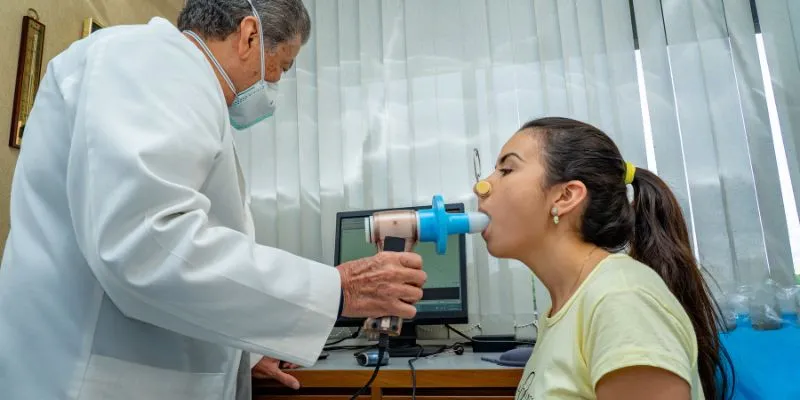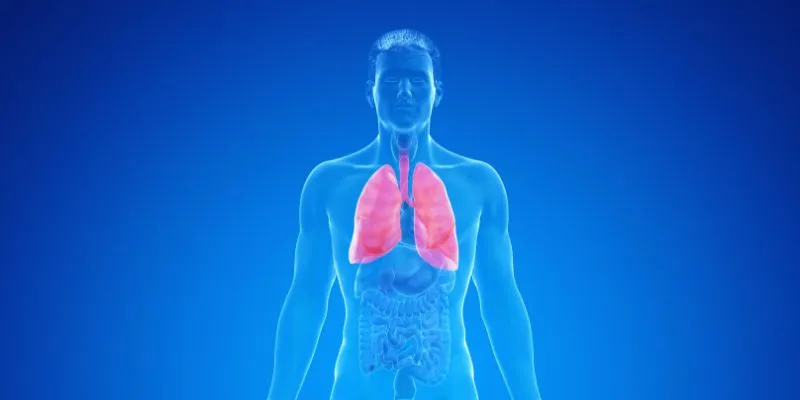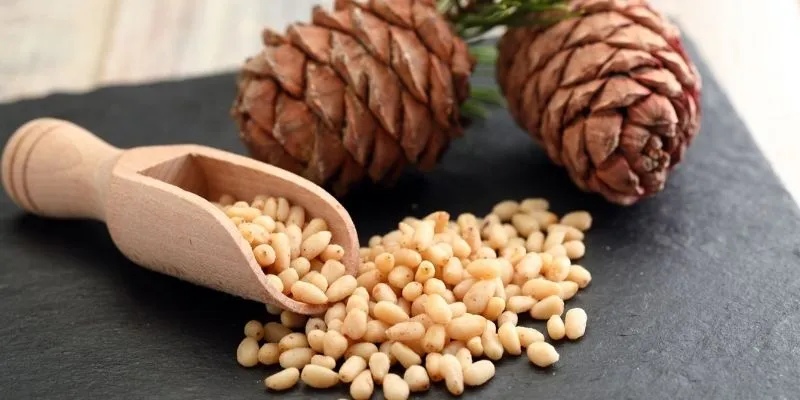Pulmonary Hygiene for Easier Breathing
Healthy lungs are essential for easy breathing and overall well-being. Pulmonary hygiene, also known as airway-clearing therapy, is a crucial method to expel mucus and secretions from the lungs. This procedure reduces the risk of respiratory problems and increases oxygen flow, especially for individuals with conditions such as cystic fibrosis, chronic bronchitis, or asthma. When practiced regularly, simple and effective pulmonary hygiene methods can significantly enhance lung health.
These methods include medical tools to open lung passageways, breathing exercises, and physical activities. This guide explores the advantages of pulmonary hygiene practices and provides basic methods for maintaining lung health. Whether you suffer from respiratory issues or aim to enhance your lung function, these habits are beneficial. Let’s delve into how good pulmonary hygiene can enable you to breathe more naturally.

What Is Pulmonary Hygiene?
Pulmonary hygiene encompasses a set of techniques used to clear airways of mucus and other blockages, promoting good lung function and easing breathing. By eliminating mucus, pulmonary hygiene helps manage chronic respiratory diseases and ward off infections. Mucus accumulation in the airways can obstruct airflow, impairing breathing. Effective pulmonary hygiene methods help remove these obstructions, facilitating easier breathing.
Doctors often recommend pulmonary hygiene for individuals with conditions like asthma, pneumonia, or chronic obstructive pulmonary disease (COPD). It also benefits patients recovering from surgery or those with extended immobility, as mucus clearance may be compromised. Techniques range from natural approaches like controlled coughing to aided procedures like chest physiotherapy or the use of medical equipment. These methods can be tailored to fit specific needs, ensuring optimal lung condition. Understanding pulmonary hygiene and applying the correct techniques can significantly enhance respiratory wellness and overall quality of life.
Effective Pulmonary Hygiene Techniques
Here are effective pulmonary hygiene techniques that help clear airways, improve breathing, and support lung health:
Controlled Coughing
Controlled coughing is a simple way to eliminate mucus from the lungs. It involves deep breaths and specific coughing techniques to release mucus. Begin by taking a deep breath and holding it for a few seconds. Then, focus on clearing the mucus by coughing forcefully. This method is effective for mucus clearance without unnecessary lung exertion. Use it daily, especially if you experience congestion or notice mucus buildup. Controlled coughing is a basic pulmonary hygiene practice and safe for all ages.
Chest Physiotherapy
Chest physiotherapy employs techniques such as postural drainage and percussion to eliminate mucus from the lungs. Percussion involves gentle tapping on the chest to loosen mucus, facilitating expulsion. Postural drainage uses specific body positions, like lying on your side with your head lower than your chest, to allow mucus to drain naturally. These techniques are often combined for optimal efficiency in clearing airways and improving breathing. Practiced at home with proper guidance, chest physiotherapy is valuable for managing respiratory issues and enhancing lung health.
Breathing Exercises
Breathing exercises are essential for optimal respiratory health, increasing lung efficiency. Two effective techniques are pursed-lip breathing and diaphragmatic breathing. Diaphragmatic breathing focuses on increasing lung capacity by using the diaphragm rather than chest muscles for deep breaths. Pursed-lip breathing slows breathing and opens airways. Practice by inhaling deeply through your nose and exhaling gently through pursed lips. These exercises help release trapped air and improve lung capacity, facilitating easier breathing.
Use of Airway Clearance Devices
Airway clearance devices aid in draining mucus from the lungs, particularly for individuals with chronic respiratory diseases. Devices like positive expiratory pressure (PEP) create resistance during exhalation, guiding mucus upward for easier removal. Oscillating vests help the chest release mucus by vibrating, thus facilitating coughing. These devices are especially beneficial for conditions like cystic fibrosis, where mucus buildup is common and challenging to manage.

Pulmonary Hygiene and Lifestyle Adjustments
Adopting a healthy lifestyle greatly enhances the effectiveness of pulmonary hygiene routines. Regular physical exercise is vital as it increases lung capacity and strengthens respiratory muscles. Activities like walking, swimming, and yoga are particularly helpful for promoting lung health, maintaining general well-being, and improving breathing. Staying hydrated is also crucial, as it thins mucus, facilitating airway clearing. Drinking plenty of water daily supports this process and reduces mucus buildup.
Protecting respiratory health involves avoiding harmful habits like smoking and reducing exposure to air pollution. Smoking damages lung tissues, while pollution and allergens can irritate airways and exacerbate breathing problems. Maintaining a clean home is also important. Regularly removing dust and allergens can help alleviate respiratory issues. By combining these lifestyle changes with pulmonary hygiene practices, you can ensure better lung conditions, easier breathing, and a higher quality of life.
Who Needs Pulmonary Hygiene?
Pulmonary hygiene is crucial for individuals with various respiratory disorders and those without diagnosed conditions. Here are some key cases where these techniques are indispensable:
- Chronic Obstructive Pulmonary Disease: Individuals with COPD often produce excess mucus, which can restrict airways and worsen breathing.
- Cystic Fibrosis: Thick mucus accumulates in the lungs in cystic fibrosis, making breathing difficult and increasing infection risk. Pulmonary hygiene techniques, like airway-clearing devices, help reduce this buildup and improve lung capacity.
- Bronchiectasis: This condition damages and widens airways, leading to chronic mucus retention. Pulmonary hygiene effectively removes mucus, helping prevent further damage and enhancing overall respiratory condition.
- Pneumonia: Mucus buildup can obstruct airways and slow recovery. Good pulmonary hygiene clears the lungs, speeds healing, and improves oxygen exchange.
- Post-Surgery Patients: Patients with immobility following surgery are more prone to mucus collection, which can lead to pneumonia. Pulmonary hygiene aids in preventing such issues by ensuring proper lung clearing.
Conclusion:
Maintaining healthy lungs and ensuring easier breathing relies on effective pulmonary hygiene. These practices improve lung capacity, cleanse mucus, and reduce respiratory infections. Incorporating controlled coughing, breathing exercises, and airway clearance devices can significantly enhance respiratory conditions. Additionally, regular exercise, staying hydrated, and avoiding toxins contribute to increased lung efficiency. Whether for individuals with chronic conditions or those aiming for overall well-being, pulmonary hygiene is beneficial. Healthy lungs are essential for vitality and general health.










